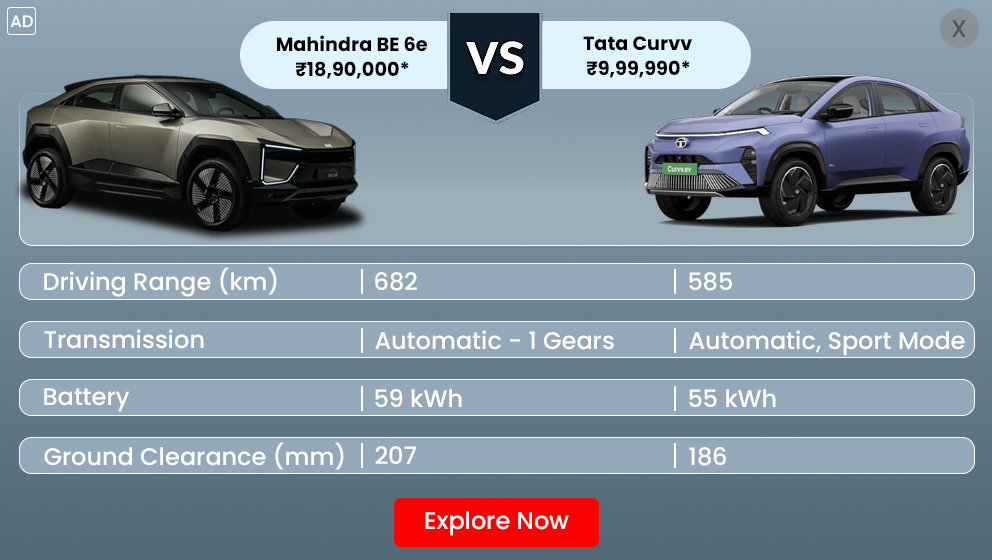Introduction
As the calendar turns to 2025, car buyers in India will face a new reality: increased car prices. Several factors are converging to drive this change, making it essential for consumers and industry stakeholders to understand the underlying reasons. This article delves into the key drivers behind the anticipated price hike and its implications for the automotive market.
Stricter Emission Norms
One of the primary factors contributing to the increase in car prices is the implementation of stricter emission norms. The Indian government is set to enforce Bharat Stage VII (BSVII) emission standards, aimed at reducing vehicular pollution. While this move is crucial for environmental sustainability, it poses significant challenges for automakers. Upgrading existing models to meet these stringent norms requires substantial investment in research and development, new technologies, and compliance testing. Consequently, these costs are likely to be passed on to consumers, resulting in higher car prices.
Increased Import Duties
Another significant contributor to the expected price rise is the increase in import duties on certain car components. To boost local manufacturing and reduce dependency on imports, the government has raised tariffs on various automotive parts. While this initiative aligns with the 'Make in India' campaign, it simultaneously increases production costs for manufacturers who rely on imported components. As automakers adjust their supply chains and production strategies, the additional expenses will likely be reflected in the final retail prices of cars.

Rising Raw Material Costs
The global market has witnessed a surge in raw material prices over the past year. Materials such as steel, aluminum, and precious metals, which are critical for car manufacturing, have seen significant price hikes. This trend is driven by a combination of supply chain disruptions, increased demand, and geopolitical factors. For automakers, the rising cost of raw materials directly impacts production expenses, leading to higher prices for end consumers.
Enhanced Safety Features
In a bid to improve road safety, the Indian government has mandated the inclusion of advanced safety features in all new vehicles. These features include enhanced crash protection, advanced driver assistance systems (ADAS), and improved structural integrity. While these measures are essential for reducing road accidents and fatalities, they also entail additional costs for manufacturers. Developing and integrating these safety technologies into vehicles requires significant investment, which will inevitably be passed on to consumers in the form of higher prices.
Conclusion
The impending increase in car prices from January 1, 2025, is a result of multiple interrelated factors, including stricter emission norms, increased import duties, rising raw material costs, and mandatory safety enhancements. While these changes aim to promote environmental sustainability, local manufacturing, and road safety, they also present financial challenges for both automakers and consumers. For those considering purchasing a new car, it may be prudent to act before these price hikes take effect. Staying informed about these developments can help buyers make well-informed decisions and navigate the evolving automotive landscape.
Also Read: Understanding the BH Number Plate: A Comprehensive Guide







_1766570474.webp)

_1766557873.webp)
_1766486282.webp)